Henry Petersen raising funds for gravestone for slain sex worker Jean Morris
It was a gruesome scene, with police ruling that the woman was murdered with a small dagger or a stiletto, most likely by the Black Hand. But now, a man is fighting to make sure Stiletto Jean’s legacy is not forgotten.
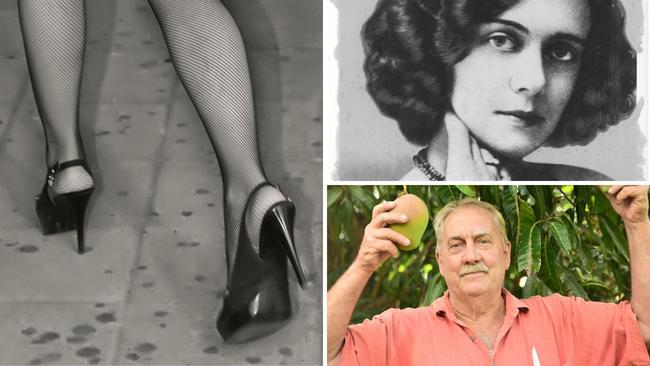
Townsville
Don't miss out on the headlines from Townsville. Followed categories will be added to My News.
It was 1932 and Australia was in the grip of the Great Depression. Unemployment hit 32 per cent and men lucky enough to have a job earned four pounds a week, women half that figure.
Food kitchens were a familiar sight in all of the cities and many people could not afford to buy food.
As is reported in the National Archives, “The immediate effect was on individuals and families: children with not enough to eat; men, the traditional breadwinners, humiliated and powerless; women scrabbling to hold families together.
“Suicide rates increased dramatically. In the absence of unemployment insurance, charity groups became the only source of relief but were unable to feed the overwhelming numbers of hungry.
“National income declined by a third. More than 40,000 men moved around the country looking for work: setting up shantytowns on the edges of communities and camping in parks.
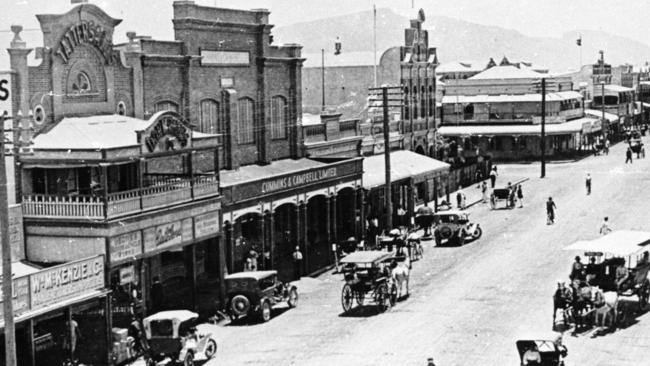
The few jobs that did become available were cruelly fought over.
“By 1932 more than 60,000 men, women and children were dependent on the ‘susso’, a state-based sustenance payment that enabled families to buy only the bare minimum of food.”
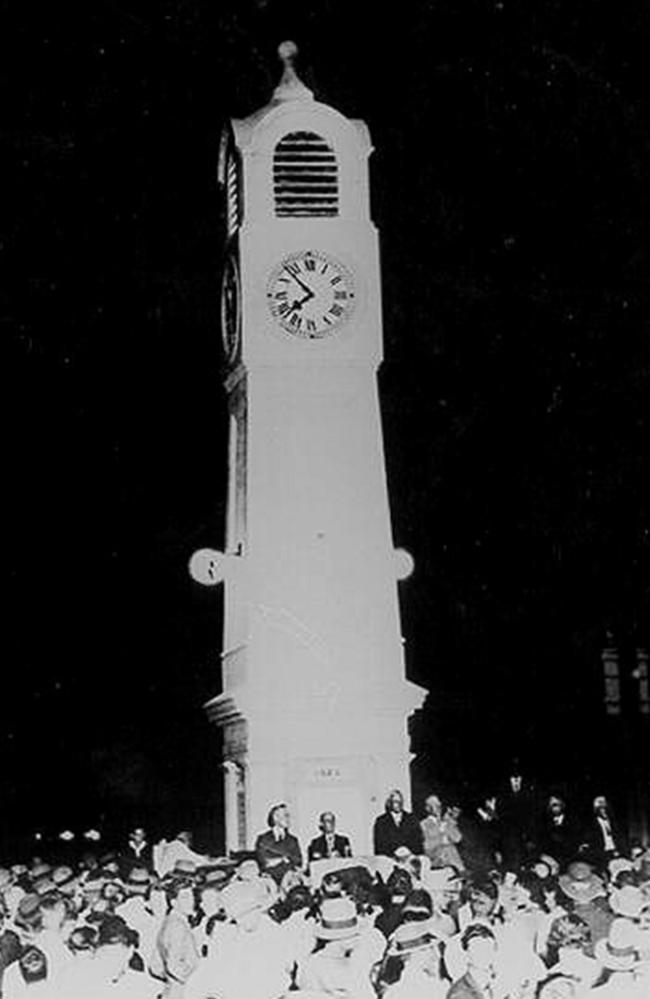
As always when times are bad, drinking, gambling and crime were rife. So was prostitution as it was a way to survive for many women, but they had to travel from one end of the country to the other to make it pay and it was dangerous work.
At that time, Townsville boasted a population of 26,000 and the neighbouring region, while suffering under the grip of the Great Depression, still had work in the cane fields.
Statistical data for the Townsville Police District showed that serious crime had increased in 1932. Gambling, such as the ‘fan tan troy’ card game, was rife in the 1920s and early 1930s. Between July 1932 and July 1933, 746 prosecutions were launched under gaming and anti-gambling laws in Queensland, 241 of them in Townsville District alone.

Into this world in 1932 came a dark haired beauty known as Jean Morris or ‘Stiletto Jean’ who hailed from Sydney and, at only 19, was already working around the east coast of the country as a sex worker.
It was probably not her real name but Jean made a major impression in a short space of time and continues to do so 91 years later.
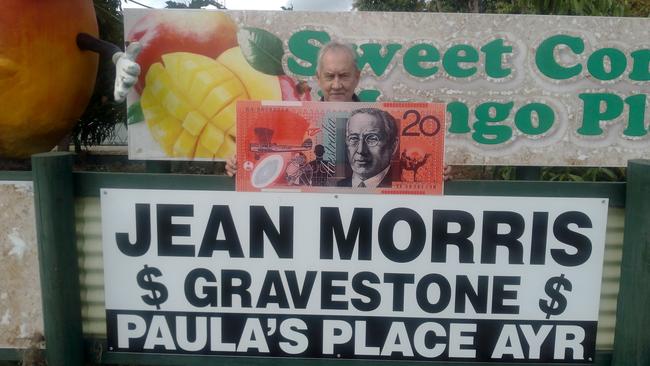
Townsville pensioner Henry Petersen has just started a GoFundMe page on Facebook to raise funds to have a headstone erected at Jean’s gravesite at Ayr cemetery.
“At the moment it is just a patch of grass with nothing else there,” he said.
“She was a beautiful woman who died in a horrible brutal murder and she deserves better than that.”
In the 1970s, Henry was working as a barman at the Delta Hotel in Ayr, a one-time haunt of Stiletto Jean, and he met a man called Bill Rennie in the bar.
“He was then in his mid-70s and he had met Jean at the hotel and he told me about her, and later I read about her murder in the Truth newspaper and I have just researched her since then,” he said.
“Now I want to raise up to $20,000 for a headstone so we can all remember her properly.”
His efforts coincide with a gripping documentary being aired on the ABC.

Acclaimed actor and producer Anthony LaPaglia has embarked on a riveting journey into the murky depths of organised crime in the new ABC series The Black Hand.
In this three-part series, LaPaglia reveals the chilling story of the Black Hand, a well organised Italian crime syndicate that wreaked havoc among Italian Australians working in North Queensland’s cane fields during the harsh 1930s.
The series delves into the trials faced by an Australian Italian community who lived under the shadow of extortion, arson, kidnapping, chaos, and murder.

LaPaglia retraced the gang’s steps across northern Queensland and along the way tells the story of Jean Morris, as she becomes entangled with some of the gang members.
The remainder of the story comes from the scurrilous Truth newspaper, the Northern Territory News and was compiled by Queensland Police Museum Volunteer and Crime and Policing Historian, Dr Anastasia Dukova.
“Jean Morris, as she was known in the North, was a slim, attractive girl not long out of her teens. She originally came from Sydney and was known to the police as a sex worker and an associate of criminals. Miss Morris arrived at Ayr via Home Hill, Cloncurry, Innisfail and Cairns on September 29, 1932.
“She was last seen alive on the night of October 3. Two Italian men and Black Hand associates, Joe Maganetti and Michael Gudas, were the woman’s known associates. The room search turned up two bank books, one in the deceased’s name and another in the name of Gudas showing a credit balance of £139.
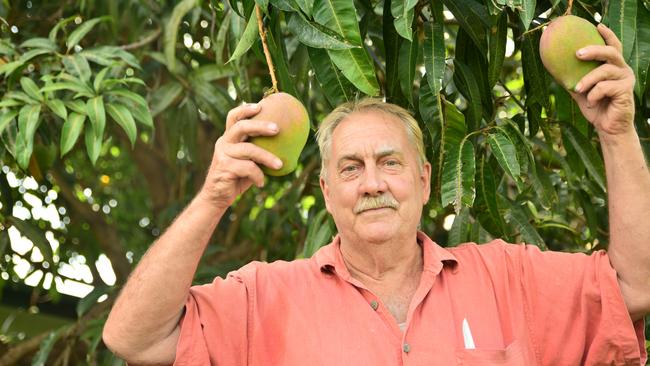
“She had a stiletto on the wall of her bedroom which is believed to have been a gift from her unnamed parents.
“Jean Morris was found dead in her bed in a small two-roomed galvanised iron house, in Queen St, Ayr, which she alone occupied. The body was attired in a silk nightdress.
“The post mortem examination revealed she had sustained 43 stab wounds about half an inch (1.27cm) wide and four inches (10cm) deep. No screams or sounds were heard by the neighbours.
“Her body was discovered by the Electric Light Company employee at 10am and the inquest showed Jean had died about eight hours earlier. The evidence indicated a dagger or a stiletto was used to inflict the narrow and deep wounds. A dagger fitting the description was discovered in the deceased’s room, but there was no indication it had been recently used.
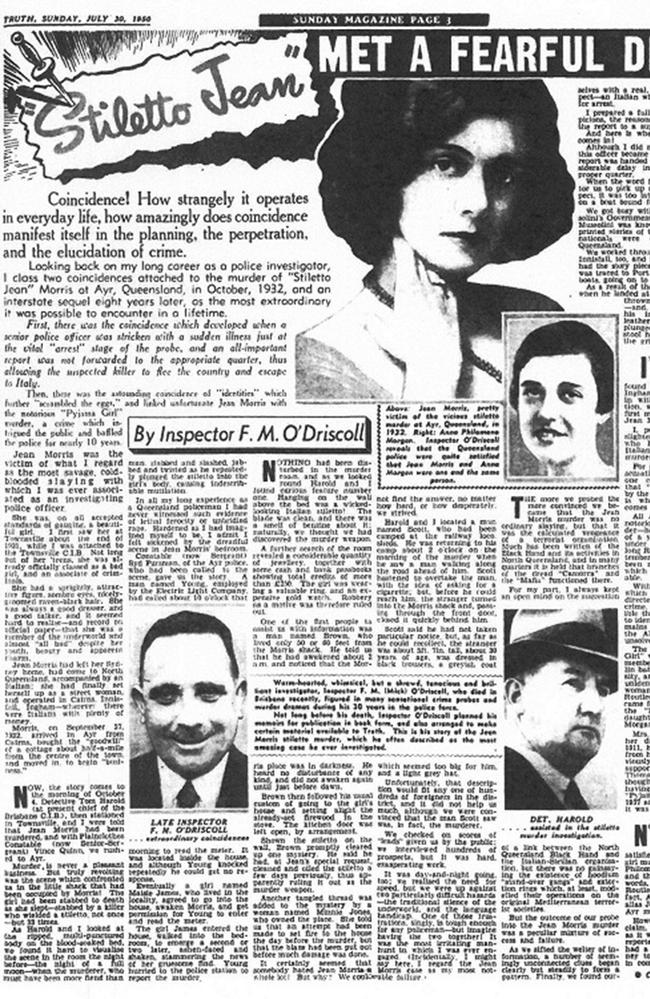
“Based on the ferocity of the assault and choice of the weapon, the local police concluded the murderer to be a foreigner. Moreover, the description of Jean’s latest nocturnal visitor fitted many southern Europeans who had associated with her. The more the local police probed, the more convinced they became that the murder was no ordinary slaying, but that it was the calculated vengeance of a terrorist organisation.
“The Black Hand involvement was suspected and the organisation was later linked to a series of murders in Ingham between 1935-38. Italian national Vincenzo D’Agostino had led this mafia gang and vowed to be the Al Capone of Australia.
“Jean Morris had made the mistake of rejecting advances by D’Agostino and his reaction was to order her murder by one of his underlings who stole into the cottage and stabbed her to death on October 4, 1932.
“D’Agostino told the gang that Jean was a danger because she knew too much about their operations. One of the gang members, suspected by police as the likely killer, returned to Italy and killed himself in an Italian jail.”
For anyone wanting to donate to a headstone for Jean Morris the link is GoFundMe/0557ad33.
Originally published as Henry Petersen raising funds for gravestone for slain sex worker Jean Morris


